What Is Endpoint Detection and Response (EDR) and Why Does Your SME Need It?
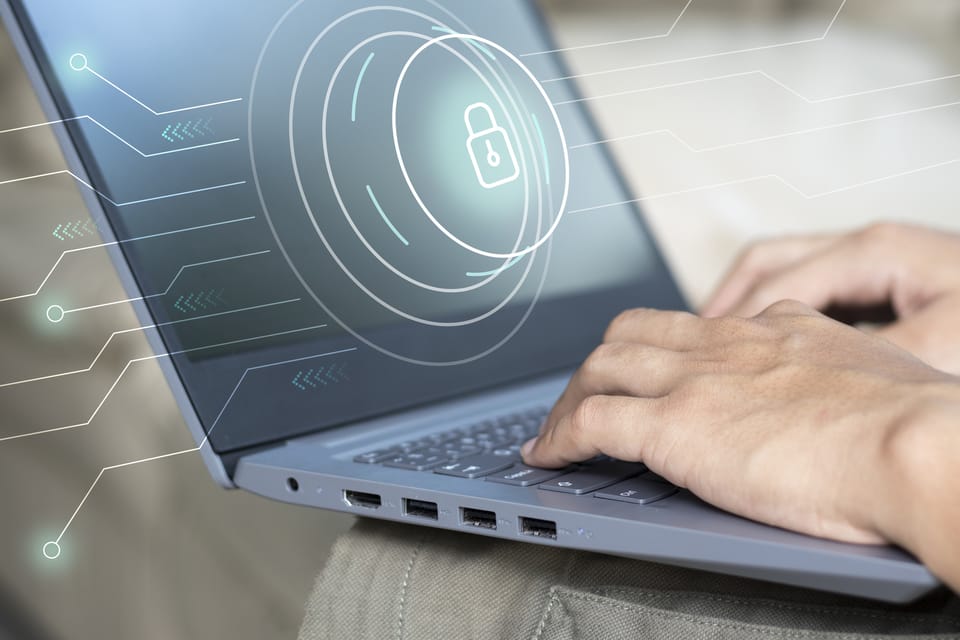
Introduction: The Modern Cybersecurity Challenge for SMEs
The digital revolution has created exciting opportunities—and new threats—for small and medium-sized enterprises (SMEs). As more Singaporean businesses embrace cloud-first strategies and enable remote or hybrid teams, the attack surface for cybercriminals has expanded dramatically. Hackers are increasingly targeting SMEs, seeing them as “easy wins” compared to large corporations. Recent studies show that a significant percentage of small businesses will experience some form of cyberattack, with costs ranging from business downtime and data loss to regulatory fines and reputational harm.
In this evolving environment, basic security tools are no longer enough. Protecting your business now means adopting advanced solutions that go beyond traditional antivirus. Enter Endpoint Detection and Response (EDR)—a modern tool designed to keep your business safe, wherever and however your people work.
What Is EDR (Endpoint Detection and Response)?
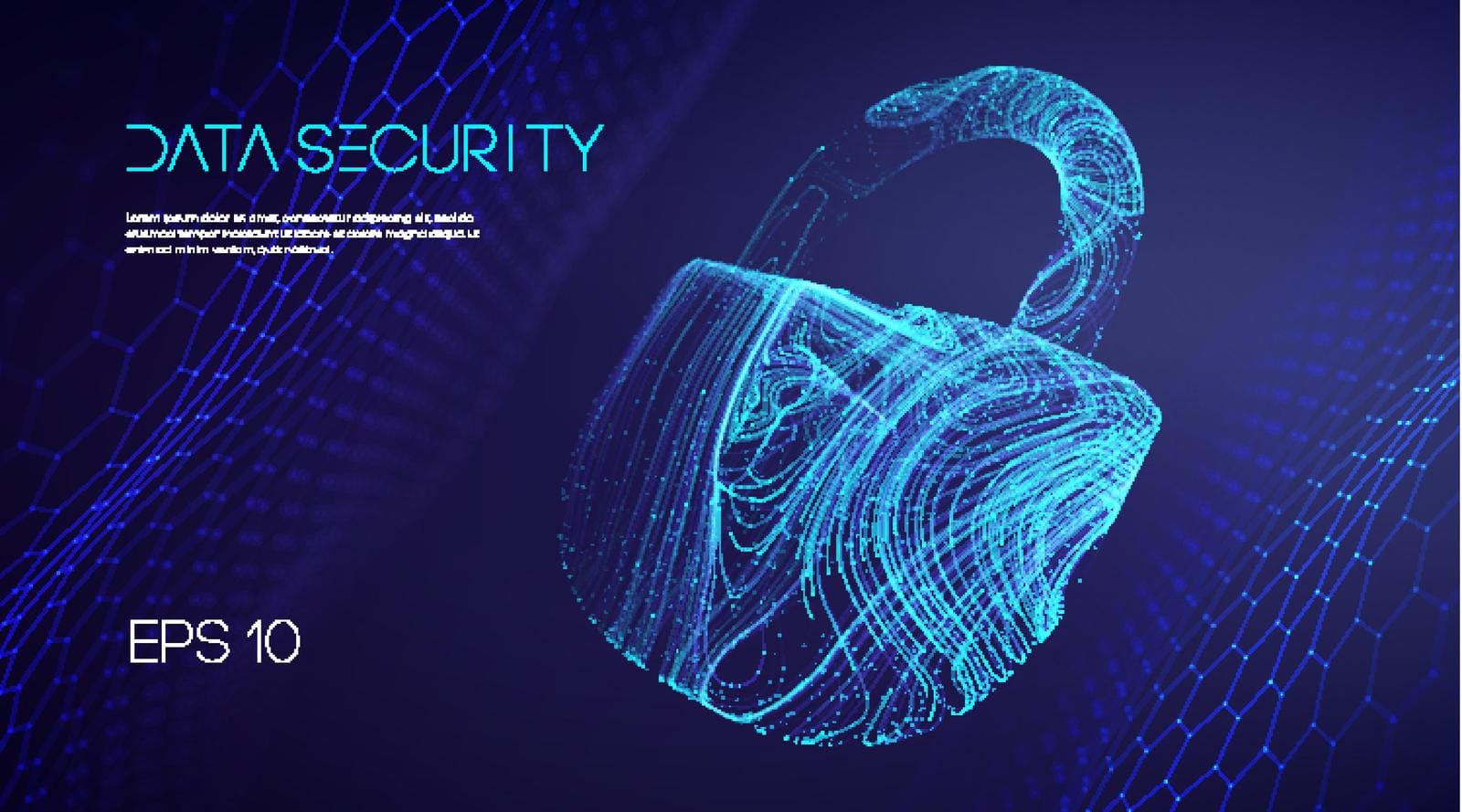
EDR stands for Endpoint Detection and Response, a next-generation security solution focused on real-time monitoring, detection, and automated response for all your business’s endpoints—including laptops, desktops, servers, and even cloud-based devices.
Think of EDR as a vigilant security guard that keeps watch over all user devices, looking for signs of suspicious behavior or emerging threats. With EDR, you get:
- Continuous monitoring: EDR keeps a 24/7 eye on activity across endpoints, identifying unusual behavior patterns as they emerge.
- Real-time detection and investigation: As soon as EDR spots something out of the ordinary—such as a strange file being executed or data moving where it shouldn’t—it instantly investigates the cause, helping IT teams to understand and respond quickly.
- Automated response: EDR can automatically isolate compromised devices, block malicious activity, and remediate threats, minimising the risk of business disruption.
How Does EDR Differ From Traditional Antivirus?
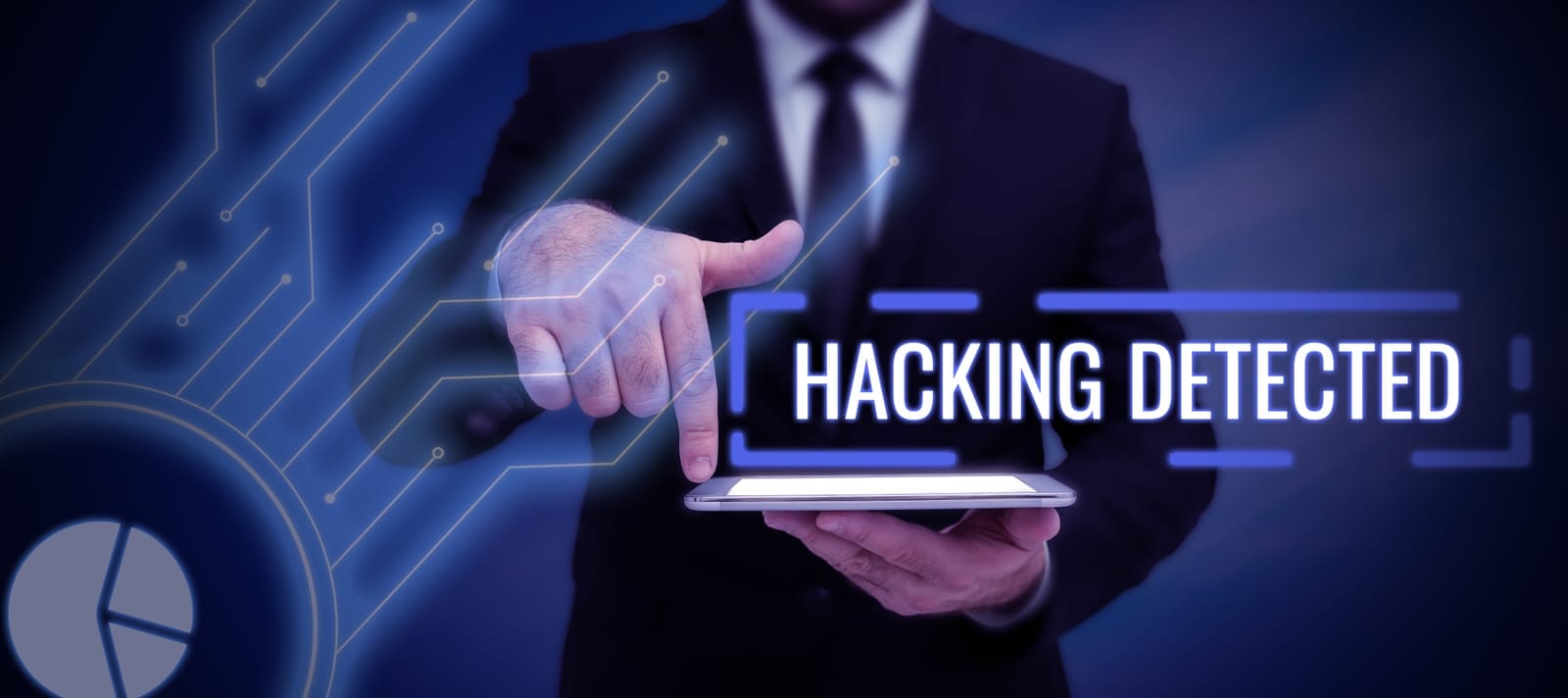
While traditional antivirus played an important role in the past, its capabilities are limited for today’s threat landscape. Here’s how they differ:
- Detection method: Antivirus relies on a database of known malware “signatures” to identify threats. If a cyberattack uses a new or modified technique, antivirus is often blind to it. EDR, however, uses behavior-based detection—it can spot suspicious activity even if it’s never been seen before.
- Scope: Antivirus generally just blocks or removes identified malware. EDR provides a full toolkit for investigating incidents, understanding how the compromise happened, and ensuring similar threats can’t return.
- Response: Traditional antivirus might simply quarantine a file. EDR can automatically isolate a device from the network, stop a spreading attack in its tracks, and provide IT teams with visibility and control to thoroughly remediate the issue.
- Analytics: EDR gives live, detailed analytics and reporting—critical for both compliance and continuous improvement of your business’s cybersecurity strategy.
Why Does Your SME Need EDR, Especially With Remote or Hybrid Teams?
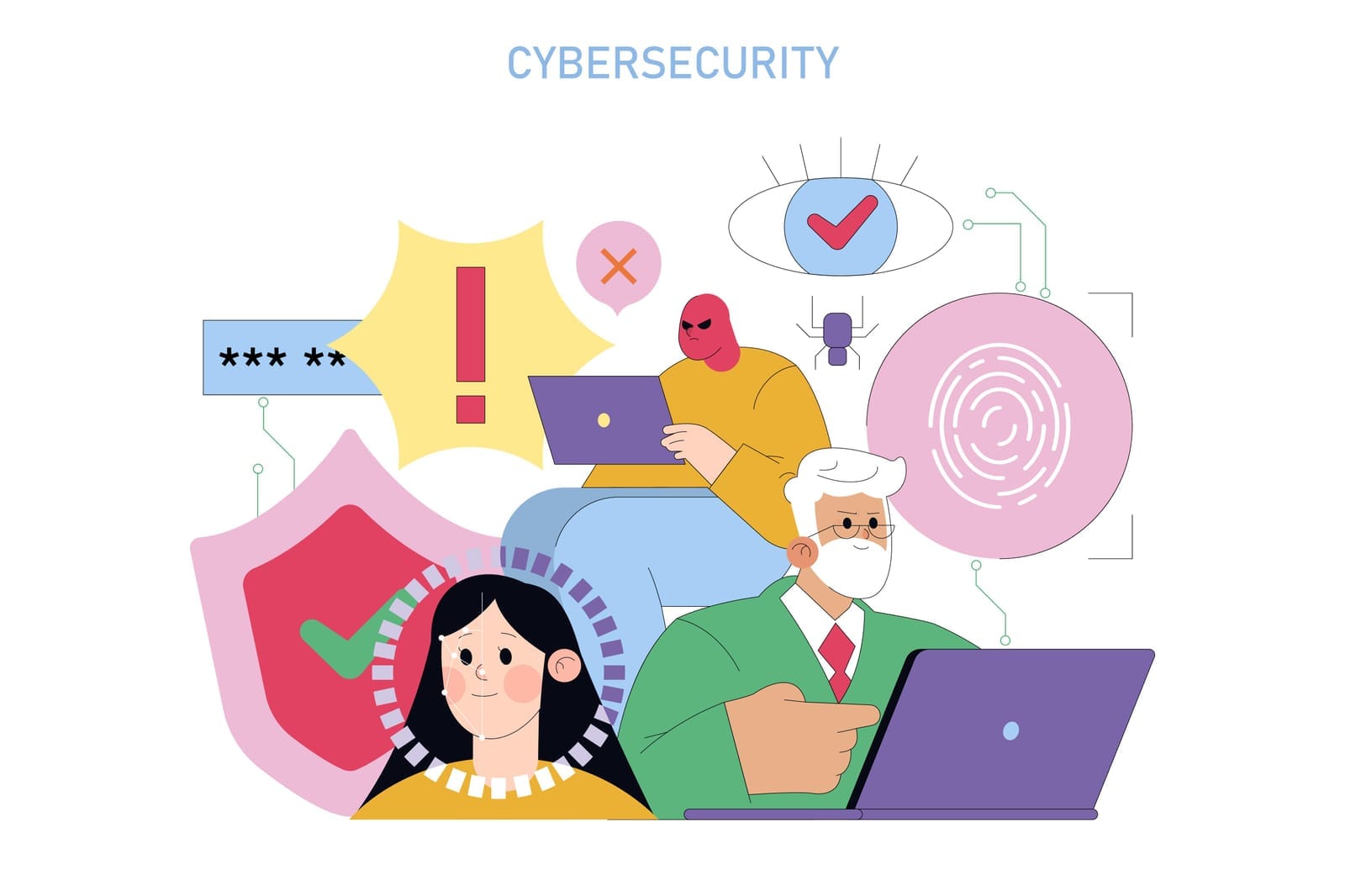
In a flexible work environment, employees connect from home, cafés, or even overseas—often using devices not directly managed by your in-office IT team. This shift presents unique risks:
- Expanded attack surface: Every remote laptop becomes a potential entry point for threats.
- Less effective perimeter: With data and apps moving to the cloud, traditional “fortress-style” defenses (like firewalls) no longer protect everything.
- Sophisticated threats: Modern ransomware, phishing, and advanced persistent threats target endpoints using tactics that easily evade basic security.
EDR is designed for today’s challenges, offering:
- Complete visibility and real-time protection for endpoints, whether employees are in the office or working remotely
- Immediate response capabilities for IT teams, so security incidents can be contained swiftly—regardless of device location
- Support for regulatory compliance, with detailed logging, automated threat containment, and comprehensive breach reporting for SMEs
Why Techease’s Approach Makes a Difference
At Techease Solutions , we believe advanced security should be accessible, transparent, and tailored. Unlike vendors who push a single brand for their own benefit, we’re vendor-agnostic—providing honest recommendations that balance cost, complexity, and protection. Our managed EDR service ensures:
- Hands-off deployment, monitoring, and response
- Vendor-neutral tools chosen for your needs—not for commission
- Fully transparent, fee-only pricing with no hidden markups
We’ll work with your team to deploy the right EDR solution, integrate it with your existing IT, and provide live support—freeing you to focus on growing your business.
Conclusion: EDR—A Must-Have for Today’s Cybersecurity Landscape
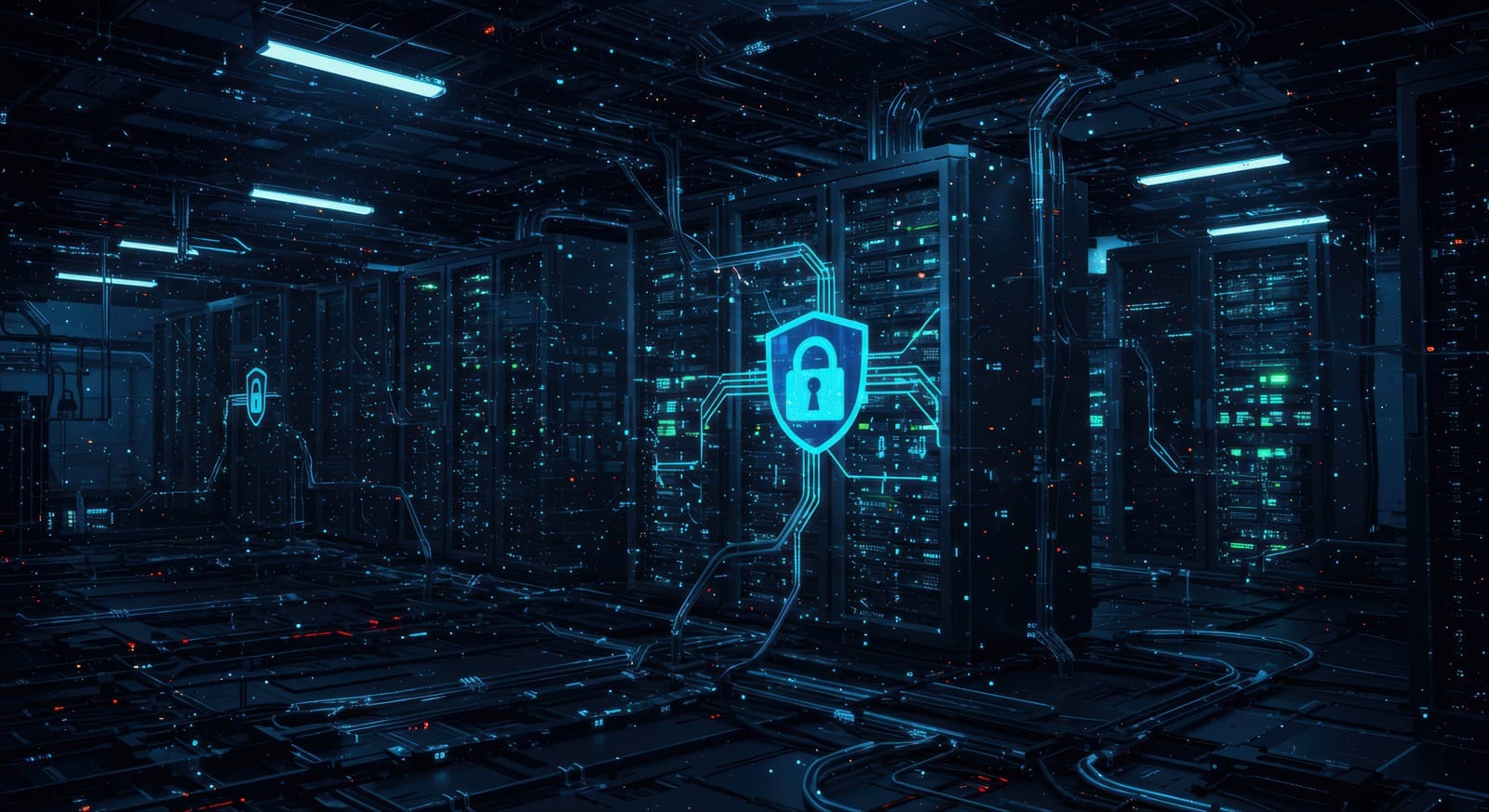
The days of relying solely on old-school antivirus are gone. In a world where cyber threats continuously evolve—and where your workforce can operate from anywhere—EDR has become a cornerstone of SME security strategy.
Techease Solutions’ client-first approach ensures your business gets advanced, cloud-first security designed around your needs. With managed support and a transparent model free from vendor bias, you can safeguard your operations and reputation—no matter what the future brings.
Ready to empower your SME with modern cybersecurity? Contact Techease Solutions today to learn more about managed EDR and our suite of protective, affordable IT services.





